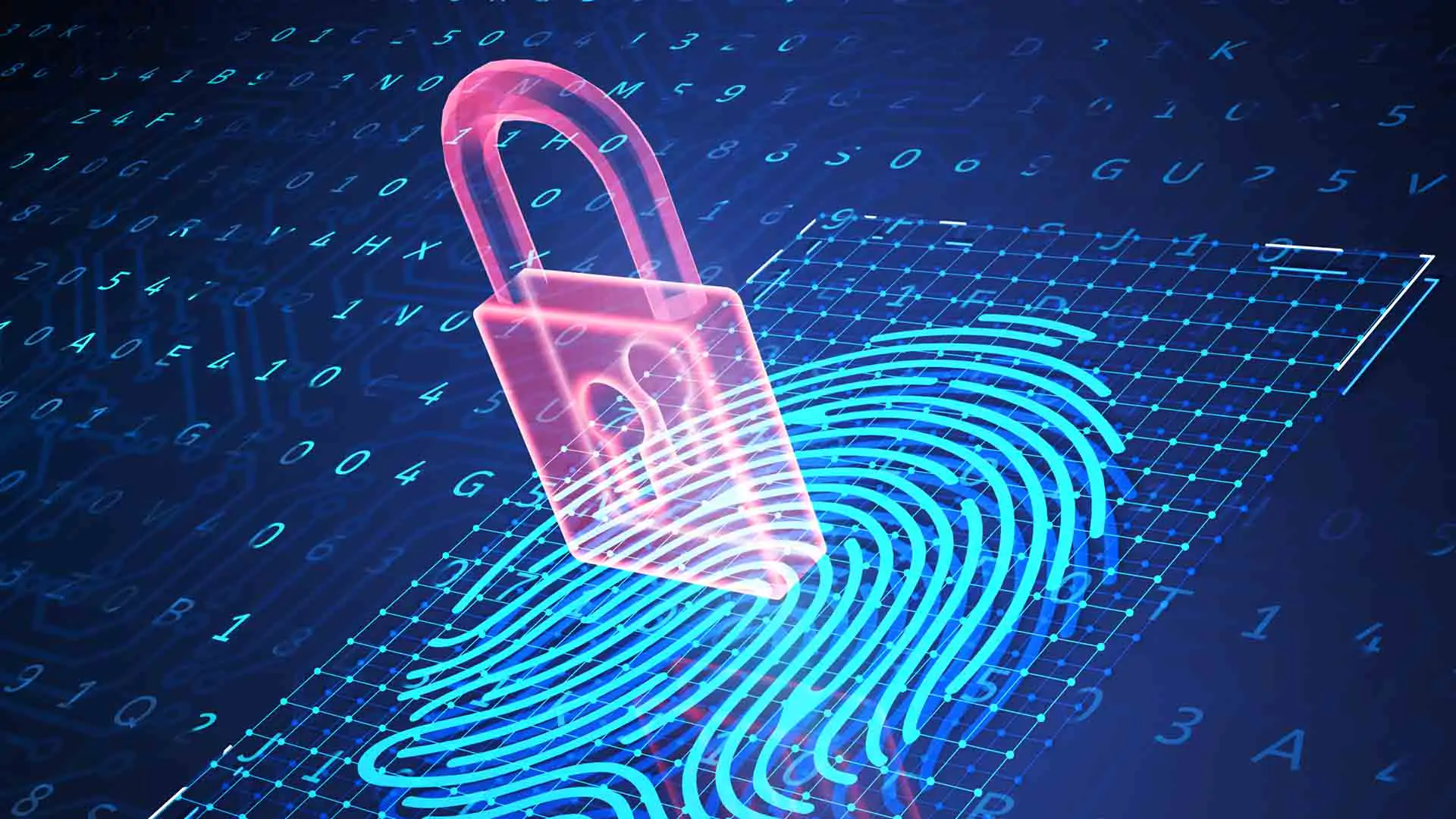Table of Contents
What Is Cryptography?
When Alan Turing (together with Gordon Welchman) invented the Bombe machine, an electromechanical device used by the German army to decrypt messages encoded using Enigma machines, the science of cryptography was used in World War II. This armored grayish device had about 100 wheels and carried out a brute force attack.

Cryptography is the study of secure communication techniques that allow viewing the content of only the sender of a message and its intended recipient. The term is derived from the Greek word kryptos, which means hidden. Cryptography allows organizations to securely send information over public networks so that only targeted recipients can see it. In addition, cryptography can be used to verify the identity of the sender of a message, which allows the recipient to know that the message came from a source other than an intruder.
History of Cryptography
The earliest known use of cryptography was during the reign of Sargon I (2334-2279 BC) in Mesopotamia, more than 4,000 years ago. Cuneiform tablets containing a cipher device consisting of a large number of rotating disks with letters on them have been discovered in Iran.
A thousand years later, Julius Caesar devised what is now known as the Caesar Cipher to send secret messages to his generals. This technique is known as a substitution cipher since each letter in plaintext (the original message) is replaced by another letter in the ciphertext (the encrypted message).
In World War II, when Alan Turing and Gordon Welchman invented the Bombe machine, an electromechanical device used by the German army to decrypt messages encoded using Enigma machines, the science of cryptography greatly advanced. The first successful commercial application of cryptography involved transposition ciphers that rearrange letters within a message. The most well-known transmission cipher is the ADFGVX cipher, created by the German secret police during the First World War.
in 1917, Mary, Queen of Scots, was executed for treason for having been written to her by several conspirators at a time when she was under suspicion. In his defense, he argued that it was impossible for any person who had not been warned by the state that an act was considered treason to be guilty of treason. Nevertheless, since treason is a deadly crime in many countries, cryptanalytic success can be politically disastrous [CITE]. As a result, many governments restrict the use and export of cryptographic software.
The NSA has published several standards for implementing cryptographic algorithms that are widely used around the world (see List of cryptographic algorithms). (See Table 1). For example, DES is used in banking and other applications where data security is very important. RSA is widely used on the Internet to protect email and other applications where data privacy is important.
Cryptography Techniques
There are several different cryptography techniques. Some of them:
Caesar cipher
In cryptography, a Caesar cipher, also known as Caesar's cipher, the shift cipher, Caesar's code, or Caesar shift, is one of the simplest and most widely known encryption techniques. It is a kind of substitution cipher, in which each letter in the plaintext is replaced by a letter of a fixed number below the alphabet. For example, with a left shift of 3, D is replaced by A, E becomes B, and so on. The method is named after Julius Caesar, who used its name in his private correspondence.
The encryption step performed by the Caesar cipher is often included as part of more complex schemes, such as the Vigenère cipher, and still has modern application in the ROT13 system. As with all single-letter substitution ciphers, the Caesar cipher is easily cracked and provides essentially no communication security in modern practice.
Monoalphabetic Cipher
One of the earliest known examples of an alphabet cipher is the Atbash Cipher, which is used to encode the Hebrew alphabet. The Atbash Cipher, as with all Caesar Ciphers (for example, ROT13), is a monoalphabetic substitution cipher.
The oldest known example of polyalphabetic substitution is 16. invented in the XVIII and 19th centuries. it is the Vigenère Cipher that was used until the XVIII century. In a polyalphabetic substitution cipher, there is a set of core mappings between plaintext and ciphertext letters, but there are multiple ways to decipher each letter. A key is used to select a specific match for each letter from the core set.
Homophonic Substitution Cipher
A Homophonic Substitution cipher is a substitution cipher in which single plaintext letters can be replaced by any of several different ciphertext letters. The encryption of the original text is done using the Vigenère square or Vigenère table.
This table consists of alphabets written 26 times in different orders, each alphabet is cyclically shifted to the left compared to the previous alphabet and corresponds to 26 possible Caesar ciphers. At different points in the encryption process, the password uses a different alphabet than one of the lines. The alphabet used at each point depends on a repeating keyword.
Polyalphabetic Cipher
A polyalphabetic cipher is any substitution-based cipher that uses multiple substitution alphabets. The Vigenère cipher is probably the best-known example of a polyalphabetic cipher, although it is a simplified special case.
The enigma machine is more complicated, but still, it is a polyalphabetic substitution cipher.
Multi-alphabetic ciphers were invented by Leon Battista Alberti around 1467, but it is believed that al-Kindi (c. 801-873) there are some indications that he may also have invented one. They are much more secure than simple substitution ciphers because frequency analysis becomes much more difficult. Multi-alphabetic passwords also include the Caesar password and Atbash.
